When I reviewed Diablo 4 last year, I was very impressed with the state of the game at launch, but I also had questions about how Blizzard would deliver on the seasonal cadence. While they were saying the right things and the plan was solid on paper, I think we’ve all learned to be skeptical when it comes to live-service content delivery. It’s fair to say Blizzard has quelled those concerns as, despite some minor hiccups, Diablo 4 has already been improved greatly since its launch.
With Vessel of Hatred, Blizzard is introducing the widest range of content additions yet. Featuring changes to foundational mechanics, seasonal updates, the addition of the Spiritborn class, the continuation of Diablo 4‘s story, and much more, there’s an awful lot to unpack with this expansion. So has Blizzard successfully pulled it all together? Even despite a few qualms, the answer is a resounding “Yes.”
If you want to see footage of the Spiritborn, the new modes, and new Torment levels, we recommend the video review.
The Cat’s Meow
Starting out in Vessel of Hatred, the first thing you’re likely to do is to create a new Spiritborn character. As a class, the Spiritborn is less traditional than the other classes in the game. Featuring impressive flexibility, the Spiritborn quickly became my favorite class in Diablo 4. While it’s going to be tough to leave my grizzly Druid behind, for the time being, optimizing the Spiritborn is simply too much fun.
You’re able to build into four distinct playstyles aligned with the spirit guardians of the new region, Nahantu. Featuring a Gorilla (Wumba), Centipede (Balazan), Eagle (Kwatli), and Jaguar Rezoka), each of the spirits feature a wide-range of abilities and grant a great deal of build variety. But what makes the Spiritborn my favorite class is the ability to be a completely different thing from one build to the next. Mixing and matching skills between the four spirit creatures is not only amazing but encouraged. And when combined with the new legendary and unique aspects, this affords you some truly chaotic combinations. It’s an excellent addition to Diablo 4 and helps to round out the roster from the more traditional classes (see our video review above for extensive footage).
Welcome to the Jungle
Spiritborn ready to roll, Vessel of Hatred picks up directly where the end of Diablo 4 left off. After a nice story recap and re-introduction of Neyrelle’s journey with Mephisto, you find yourself ready to explore the new region, Nahantu. Nahantu expands Diablo 4‘s map southward and features a few different biomes, like the jungles of Kurast and the desert of Teganze. Just like the other regions, Nahantu is vast and features new towns, dungeons, strongholds, and new Renown to earn in a very similar manner to the other regions.
I already adored the game world of Diablo 4, so Nahantu’s addition is a welcome one and further expands the diversity of the regions you’ll explore while battling against the tides of hell. I particularly enjoyed the new strongholds as they felt more significant and expansive than the other regions, with one in particular feeling wholly unique. Similarly, there are ample side quests to tackle (35 in total), with some being more engaging and interesting than the original fare. They are also more rewarding at times, with some quests having more usable loot rewards.
For awareness, the core campaign story of Diablo IV is discussed below
Vessel of Hatred‘s story takes you across Nahantu as you hunt down Neyrelle and attempt to aid her in challenging Mephisto, who is on the verge of consuming her entirely. In parallel, you witness the remnants of the Cathedral of Light after Inarius’s death, with each of these story pillars playing a key role in the evolution of Diablo 4‘s story. After the original ending with Neyrelle, I’d been chomping at the bit to see what happens next. Yet, while Vessel of Hatred does take you through the next part of the journey, it didn’t engross me in the way I had hoped.
Some of the missions felt lackluster, as though I was merely traveling to the next spot only to then fight an uninteresting boss and be sent to the next location to continue my search repeatedly. It simply takes too long to get truly interesting, and by the time it does, it ends. With the ending clearly already setup for the next expansion, it ends up feeling a little unfulfilling.
The culminating boss fight is excellent, however, and Blizzard once again demonstrates their talent at creating some of the best cinematics in gaming. But, as a story expansion, I was left a little deflated. Of course, it’s worth recognizing this is part of the larger plan for Diablo 4 as the story development will continue in future seasons and expansions (confirmed by Blizzard directly in our reviewer AMA). So take that as you will.
Also, while the Nahantu region in itself is a superb addition, I had hoped for much greater enemy variety based upon the new biome. While there are a few new enemy types, they are rather dull and don’t add much diversity to the game’s engagements, sadly.
Holding Hands in Hell
Fortunately, nearly every other aspect that encompasses Vessel of Hatred is excellent, beginning with the addition of companions. Accompanying you on your journeys, should you so choose, is one of the new Mercenaries. Building upon the theme of companions from Diablo 3, but implemented far more meaningfully, Mercenaries are an outstanding addition to Diablo 4. There are four in total, which are unlocked through individual quests each relating to their own personal story. There is Raheir The Shieldbreaker, Varyana The Berserker Crone, Subo The Bounty Hunter, and Aldkin The Cursed Child. The mercenaries’ quests were more weighty than I expected, quickly becoming some of my favorite quests in Vessel of Hatred. The quest designs were interesting, and the Mercenaries actually feel like fleshed out characters with their own backgrounds and personalities. Rather than just another lifeless character on the screen, they are helpful in combat and add to the feeling of camaraderie, even when playing solo.
Upon first unlocking Raheir, you are introduced to The Den, a new hideout in Nahantu that acts as another hub for players. Eventually, all four of the mercenaries will occupy the space, and you’ll be able to enlist one as a hired mercenary and a second as a reinforcement. Each mercenary has their own skill tree and level progression, which provides you with additional rewards, such as crafting materials, gems, and loot.
Most importantly, it’s all optional. Should you prefer to go alone, by all means continue on your path. Should you only want a reinforcement to show up when you need it most? You can configure mercenaries that way as well. As with many aspects of Diablo 4 post-Vessel of Hatred, the system provides a great amount of freedom to the player to enjoy the game how they see fit.
Runes, Raids, and Racing
A Diablo expansion wouldn’t be complete without new activities to tackle, and Vessel of Hatred is no exception. Likely the most interesting is the Dark Citadel, a new, co-op end-game experience built for parties from two to four players. It unlocks once you hit the new Torment level (more on that shortly) and is an entirely unique addition to Diablo 4. Functioning similarly to a raid, you and your party must tackle puzzles, increasingly challenging obstacles, and unique bosses to be victorious.
The Dark Citadel introduces new consumables, challenges, and progression for players to consume. But, as it’s a shared activity that requires coordination, the team at Blizzard also added a few accompanying features, such as a marker system and group finder. The group finder will be available game-wide and enable players to more easily find parties not only for the Dark Citadel, but for any activity they’d like to group up for.
The Kurast Undercity, meanwhile, is a new time-attack mode that functions in a similar manner to The Pit. However, rather than being aimed specifically at upgrade materials, in the Undercity you race to fill a spirit meter against a stopwatch that is always counting down. By banishing major demons to hell in rapid succession and conquering objectives, you keep the clock alive to fill the rewards meter and reach the boss room.
This is, perhaps, my favorite addition with Vessel of Hatred and the new season. While the Dark Citadel is excellent, it also requires co-op, and sometimes you just want to put some headphones on and hit the grind solo. Kurast Undercity is built for just that, and it’s a lot of fun in the process. While the rewards were a little underwhelming during the review period, the development team confirmed it is being addressed as part of the launch update so that the rewards would be far more significant. Fingers crossed.
One of the most anticipated additions to Vessel of Hatred, particularly from long-time Diablo fans, is the return of Runewords. Never appearing in Diablo 3, fans have been waiting for a long time for Runewords to return. Runes come in two forms: Ritual and Invocation. They can be added as a pairing to any piece of gear that has two sockets. Ritual runes require an action to trigger the Invocation rune, which then activates additional skills and passive bonuses to further embolden your build.
There are 17 runes of ritual and 28 runes of invocation at the launch of Vessel of Hatred, and they add yet another layer of loot hunting and class-building to the game. Runes can also be crafted at the Jeweler, thus allowing you to mix and match to your heart’s content as you work through the end-game.
Hatred in Fashion
Making this a rather unique review is the fact that there are seasonal updates and core game changes happening in parallel with the release of Vessel of Hatred. What is effectively season 6 of Diablo 4, the Season of Hatred introduces a few new wrinkles to the world.
Realmwalkers, sent by Mephisto, have appeared across Sanctuary and bring with them ice cream! Wait, no it’s just more demons that need to be shuffled back to hell expeditiously. Slaughter enough demons and the realmwalker will fall, allowing you to enter its portal that features new “rupture” dungeons and, of course, high-level loot. Conquering Realmwalkers is not only fun, but provides a few unique bonuses.
First, you can earn a variety of special elixirs, called “Seething Opals,” that offer bonus experience and an increased drop rate for consumables, loot, or gold. Additionally, conquering Realmwalkers or slaying monsters anywhere while a Seething Opal effect is active levels the new “Zakarum Remnants,” which are tied to the seasonal questline and an additional progression system layered into the Season of Hatred.
Of course, the Season of Hatred also features Nahantu-themed dungeons and a new battle pass and reputation rewards. It’s not the most expansive or exciting season by itself, but, when taken alongside everything else in the release of Vessel of Hatred, it’s hard to find fault.
We Can Rebuild Him
Perhaps the most notable changes with this update are related to the foundations of the core game. Responding to on-going feedback from fans and long-time players, the team at Blizzard has made some large changes to overall progression.
First, character leveling now ends at 60 rather than 100, an attempt to address the fact that late-leveling felt monotonous. After hitting level 60 you’ll now move straight into the updated Paragon system which now goes to level 300. Additionally, each class features one new Paragon board, and each Paragon board comes with a new legendary node. After putting extensive time into the review period, I can confirm the leveling system felt more fun than it did previously as it allows you to elevate to Torment and new loot possibilities in a more linear fashion than before. And, at least for the Spiritborn, the legendary nodes on offer via the Paragon boards contained truly build-changing power.
Along with the Spiritborn, each of the classes has also gained a new skill and five new passives. When combined with the new leveling system, new Paragon boards, and new class legendaries, uniques, and aspects, there’s a lot of incentive to revisit your favorite class again.
Along with the changes to character leveling, Blizzard is shifting Diablo 4 to a world-level system more in-tune with what we saw out of late-game Diablo 3. Instead of four world-tiers that are gated at specific intervals, you now have more control over your experience as a player. The normal modes are spread across four difficulties (Normal, Hard, Expert, and Penitent) that you can adjust at will which each increasing level of difficulty offering additional experience and gold. Then, upon reaching level 60 and conquering level 20 of The Pit, you are able to begin the Torment levels. There are four Torment levels, each requiring you to conquer a specific level of the Pit to proceed. As I noted above, it feels more linear while giving the player more options and control over their progression.
There are additional updates and balancing changes as well, including new loot, revised gem types, new glyph leveling, and a lot more. Vessel of Hatred essentially represents the 2.0 version of Diablo 4, and I’ve been overwhelmingly pleased at what I’ve found in going through the game again and up through the end-game (at least the early parts), despite already having several hundred hours invested previously.
And I’ll just say it again: loot…oh the glorious loot.
Vessel of Hatred…Filled with Love
Since its launch, Diablo 4 has been on a path of evolution. With a franchise as beloved and storied as Diablo, it has to be a tough balancing act to keep long-time fans pleased, hardcore players engaged, and new players interested. While they sometimes lose their balance momentarily, Blizzard has done a fantastic job of walking that tight rope. Vessel of Hatred and its accompanying updates simultaneously represent the most fun, approachable, and deepest version of Diablo 4 to date.
While I would have appreciated a more interesting sequence of events in the new campaign act, it’s the gameplay systems that keep me, and I’m sure you, playing endlessly. And in that regard, Vessel of Hatred nails it on nearly all fronts, and I can’t wait to lose hundreds more hours optimizing my builds, hunting for that god-rolled unique, and sharing the experience with friends.
It’s hard to believe it’s been nearly 30 years since I used to stay up to the early morning hours playing Diablo in the dark. Yet here I sit, humming the tune of Sanctuary in my head while I daydream of doing just that later tonight. See you in Hell.
Thank you to Blizzard for providing a review code of Diablo IV : Vessel of Hatred. You can find Seasoned Gaming’s review policy here.

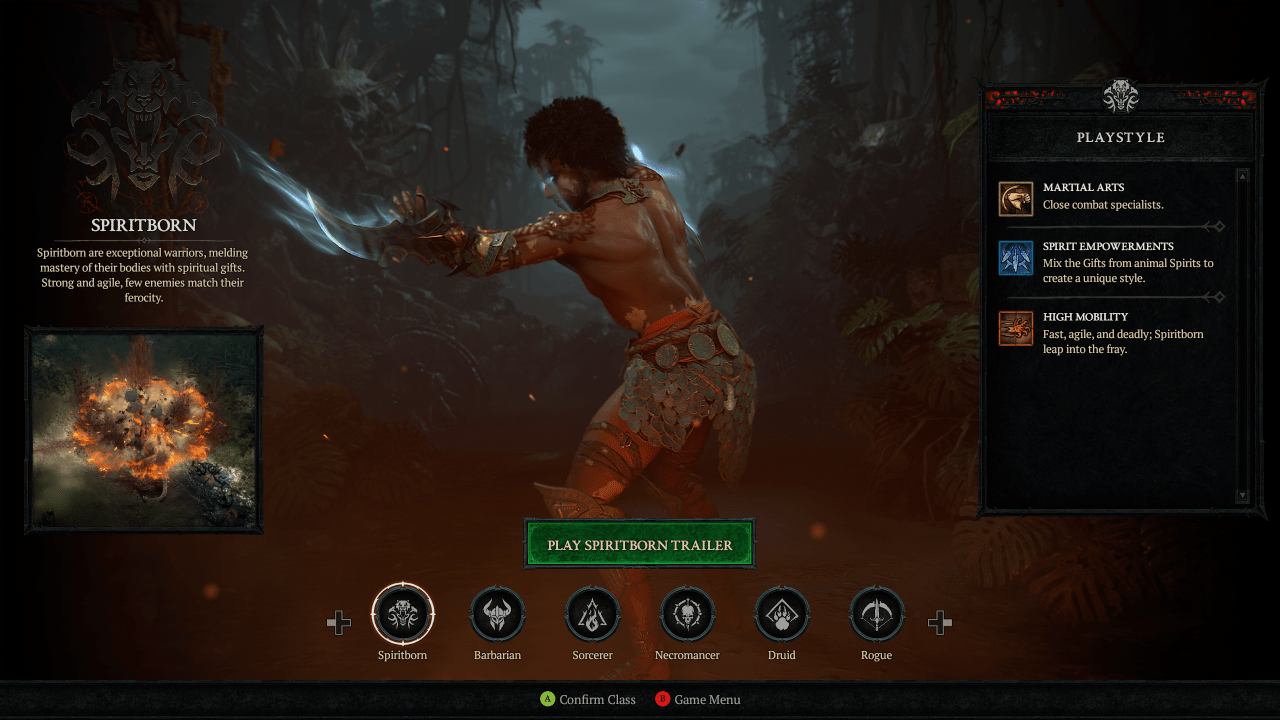
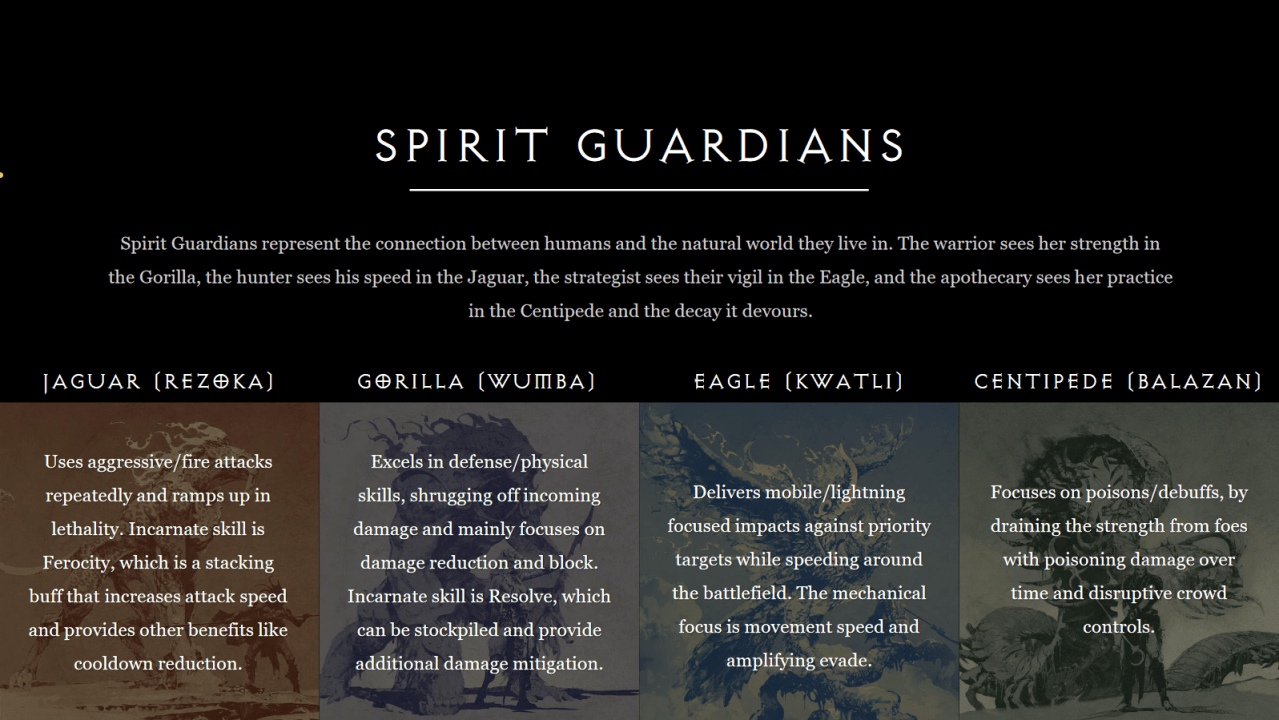
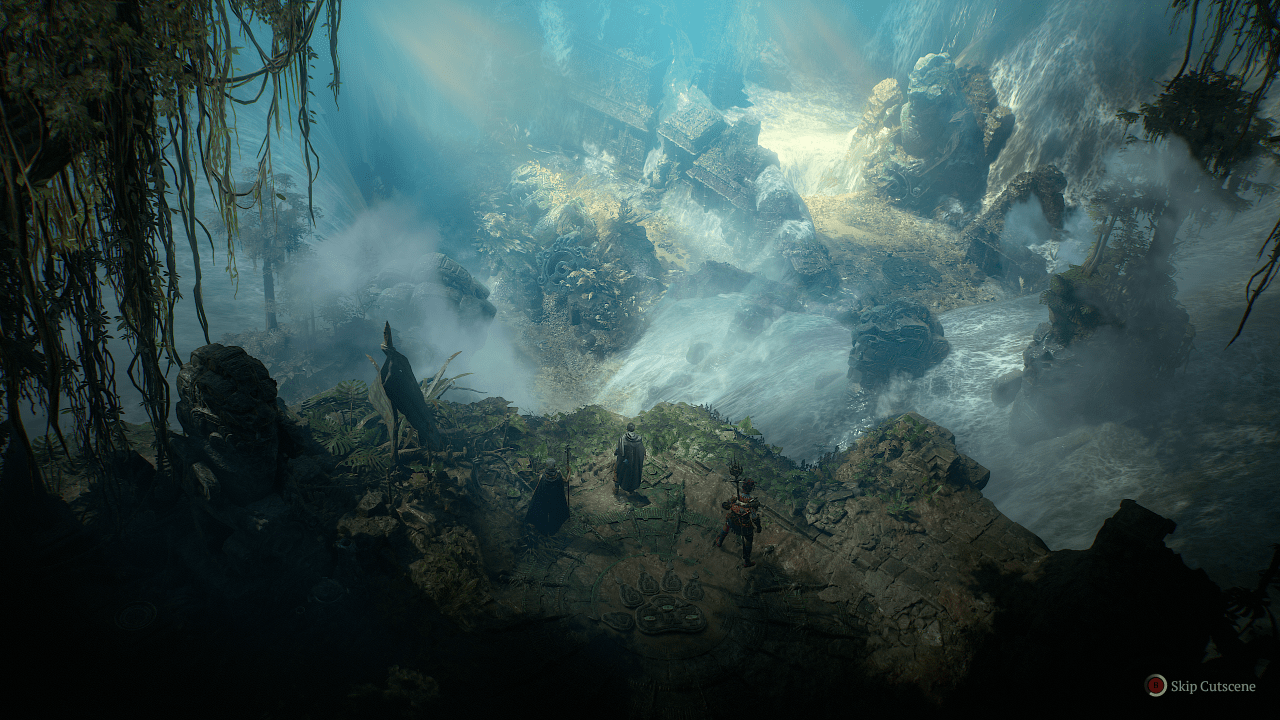
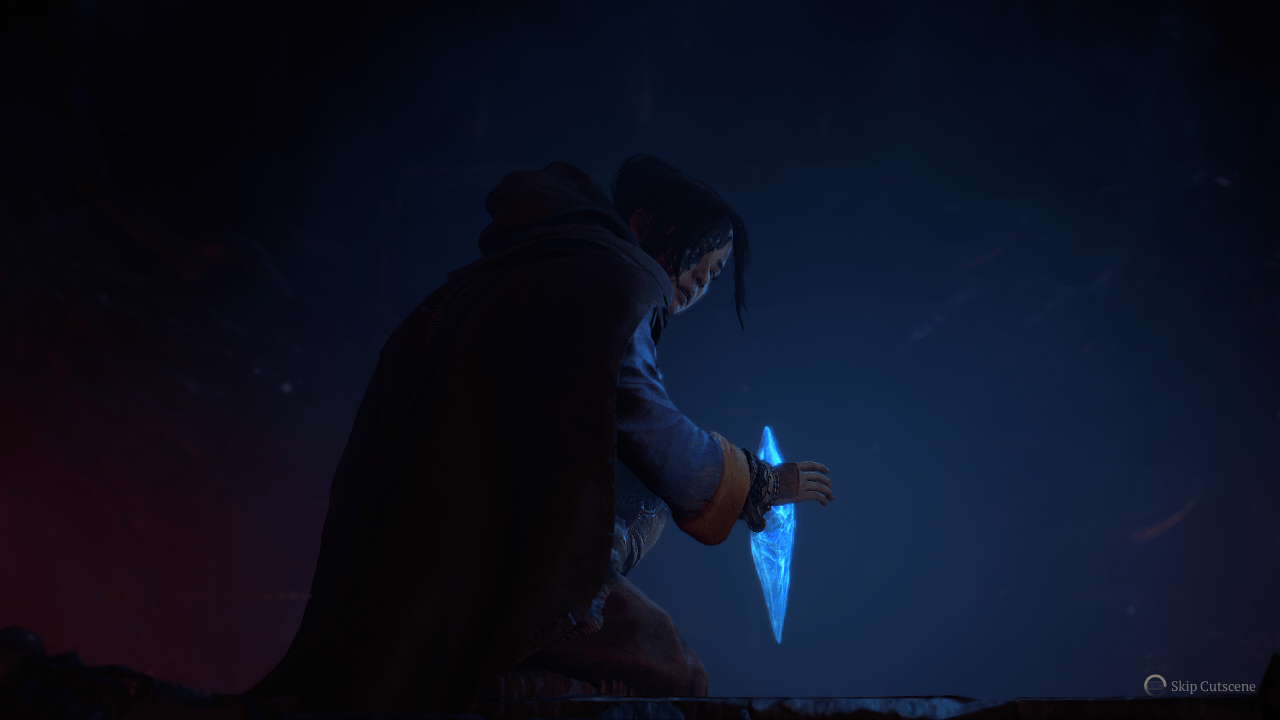
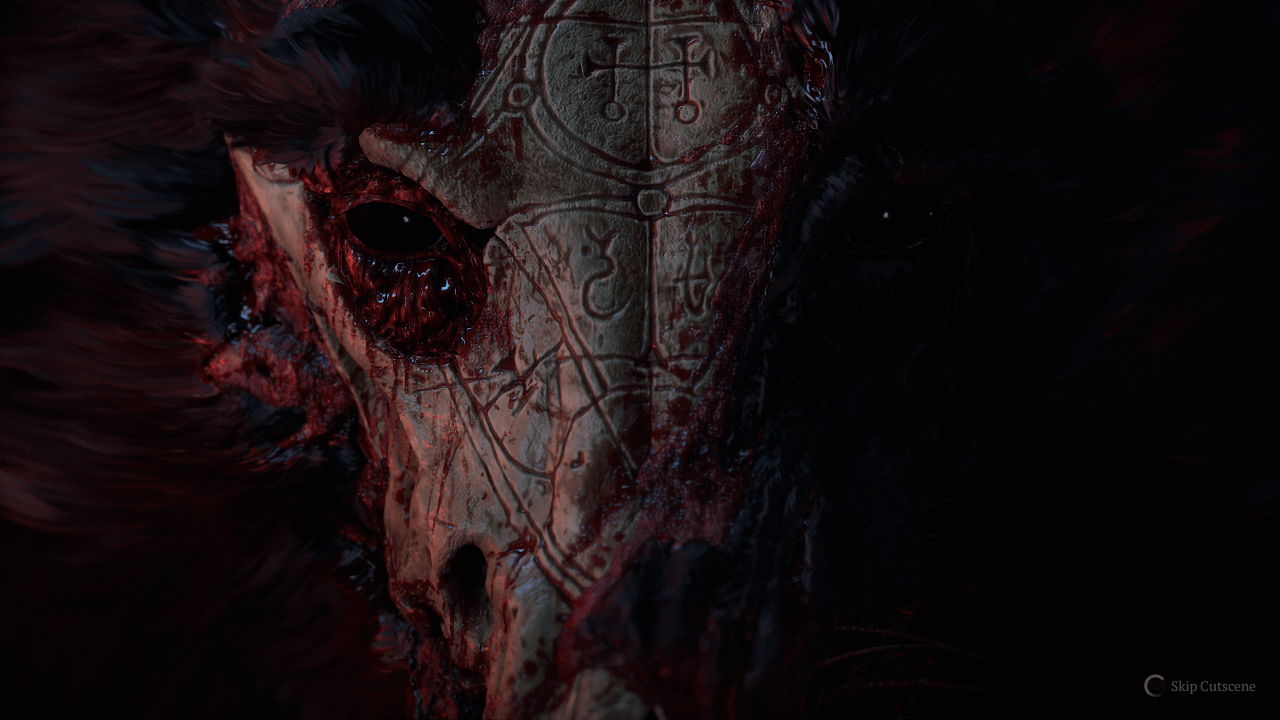
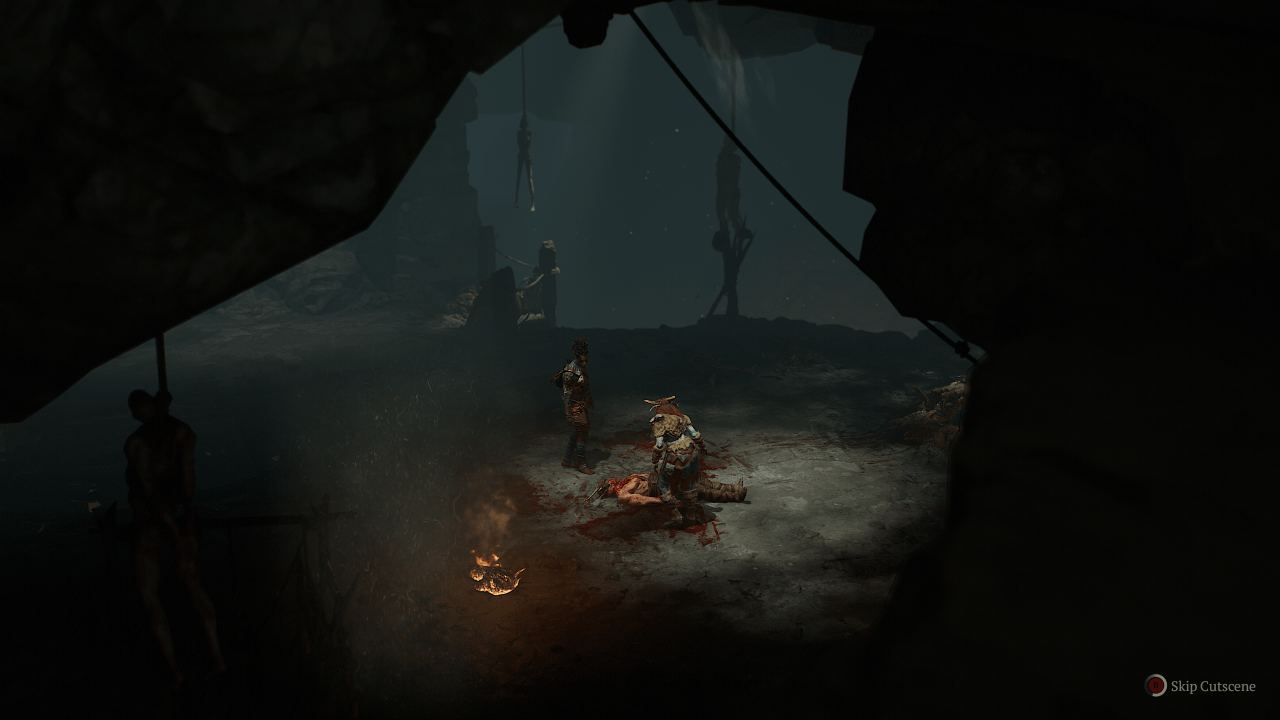
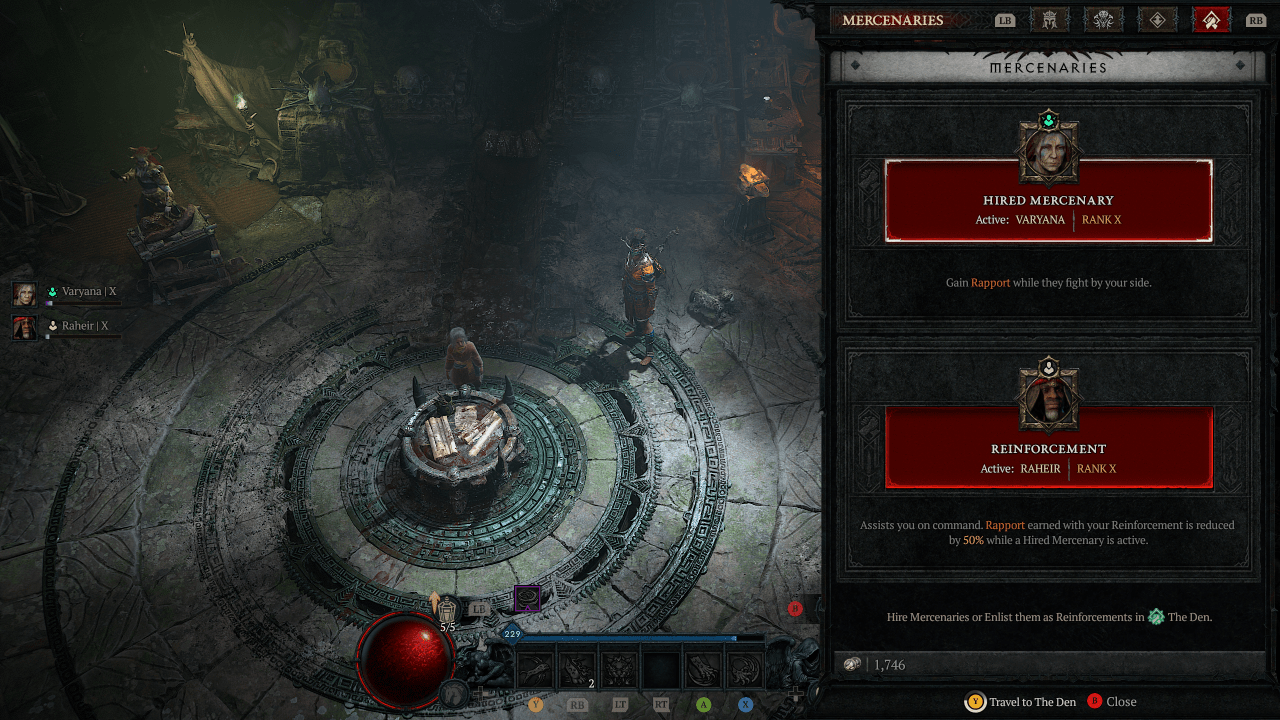
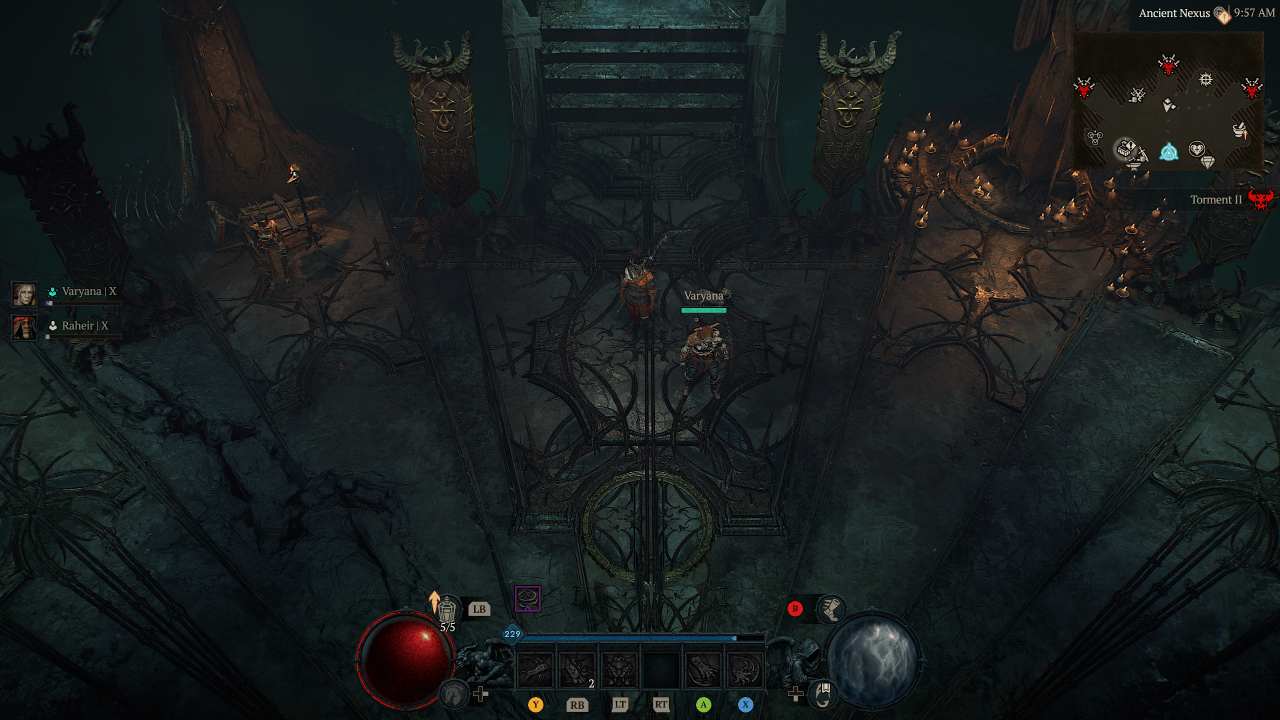
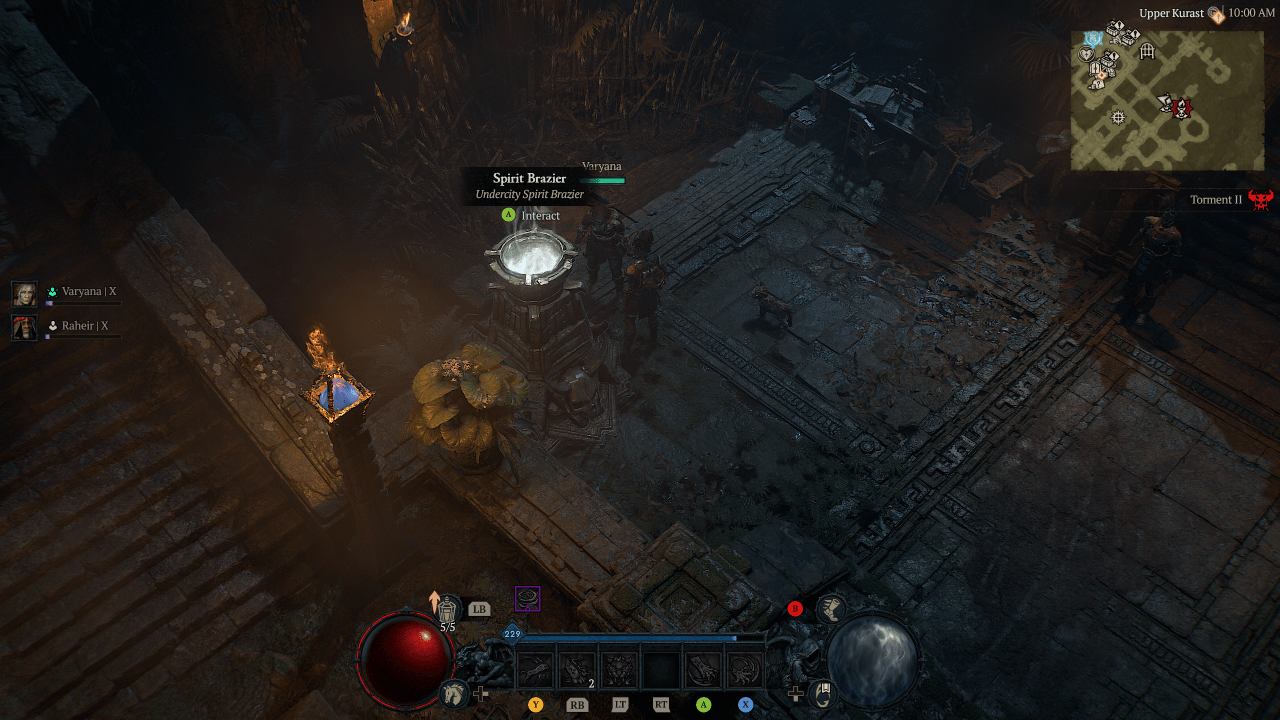
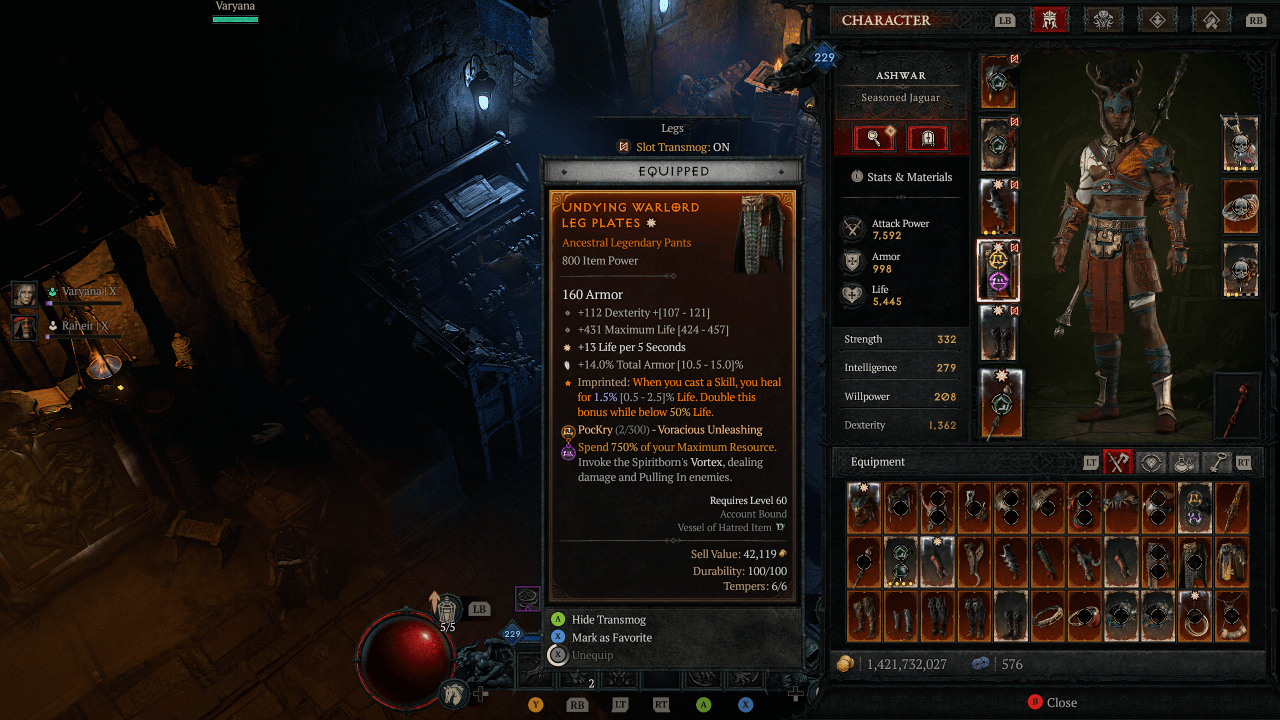
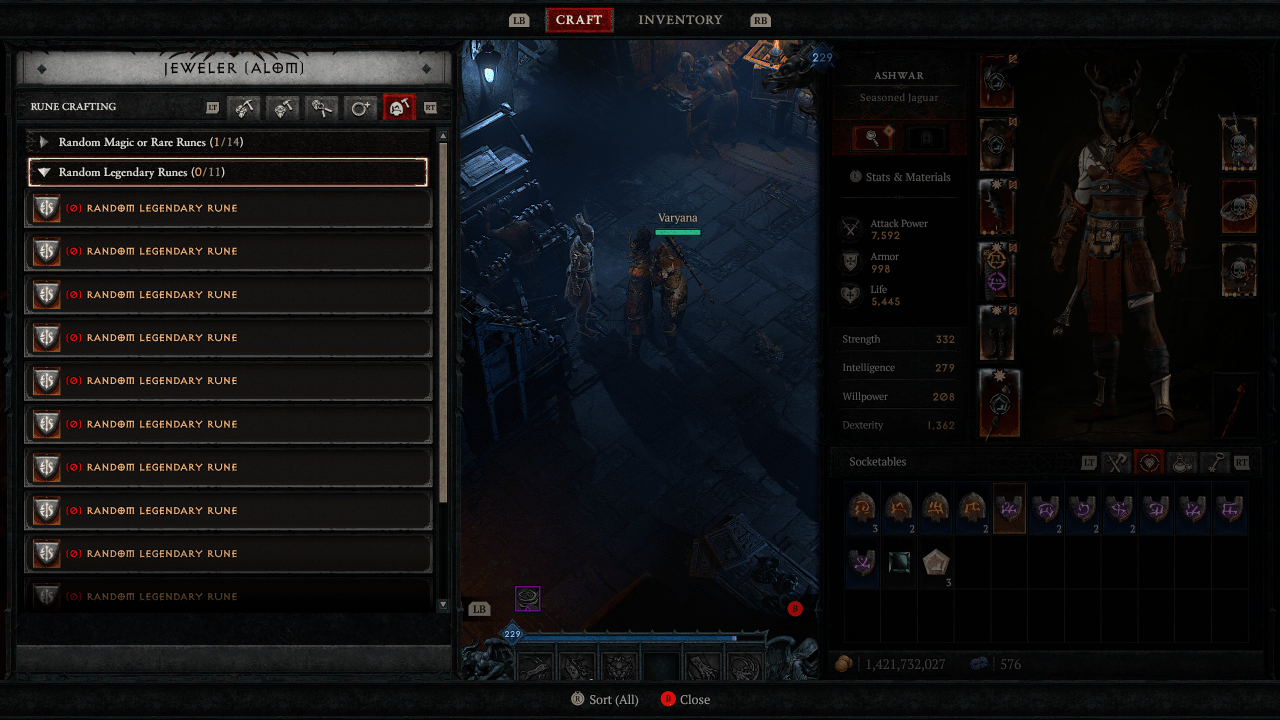
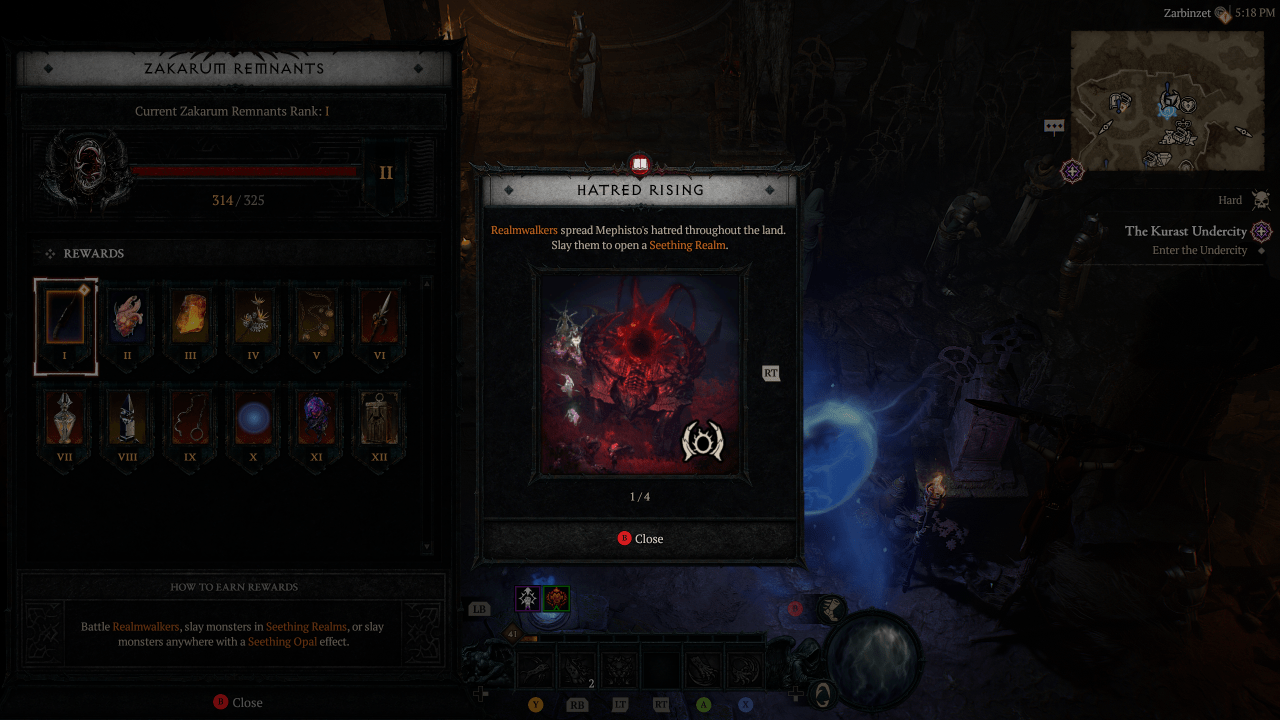
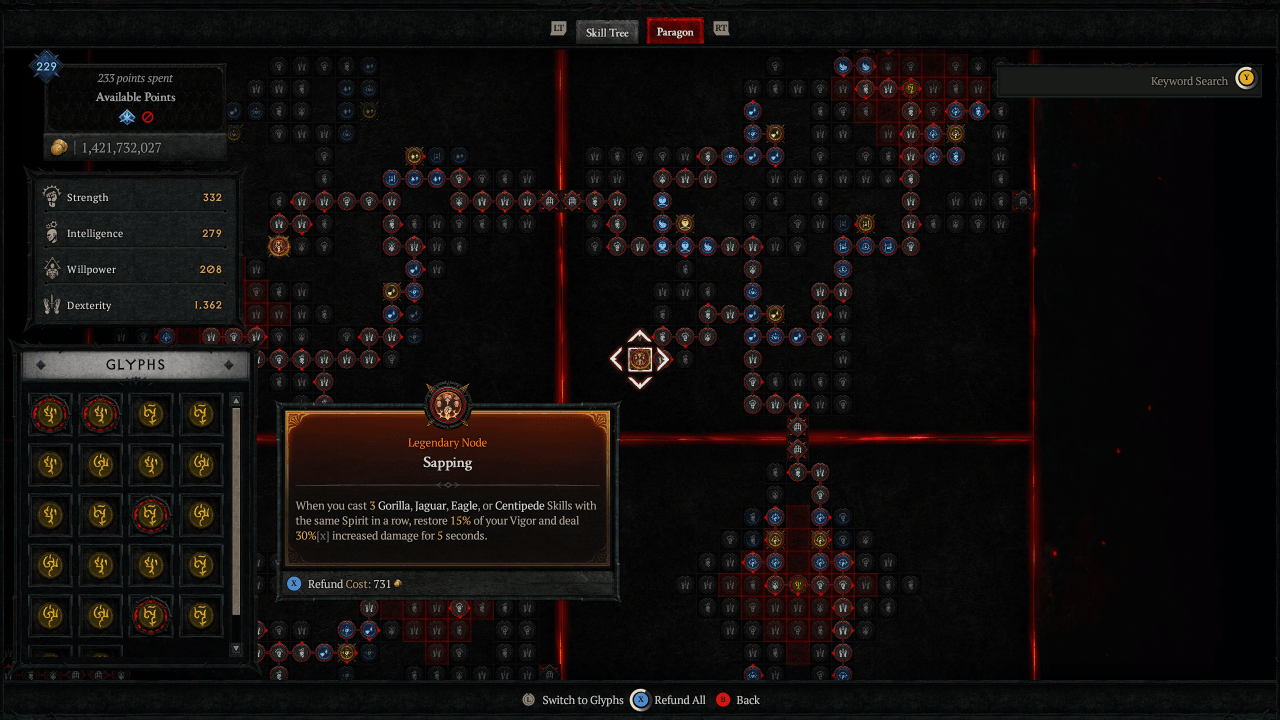
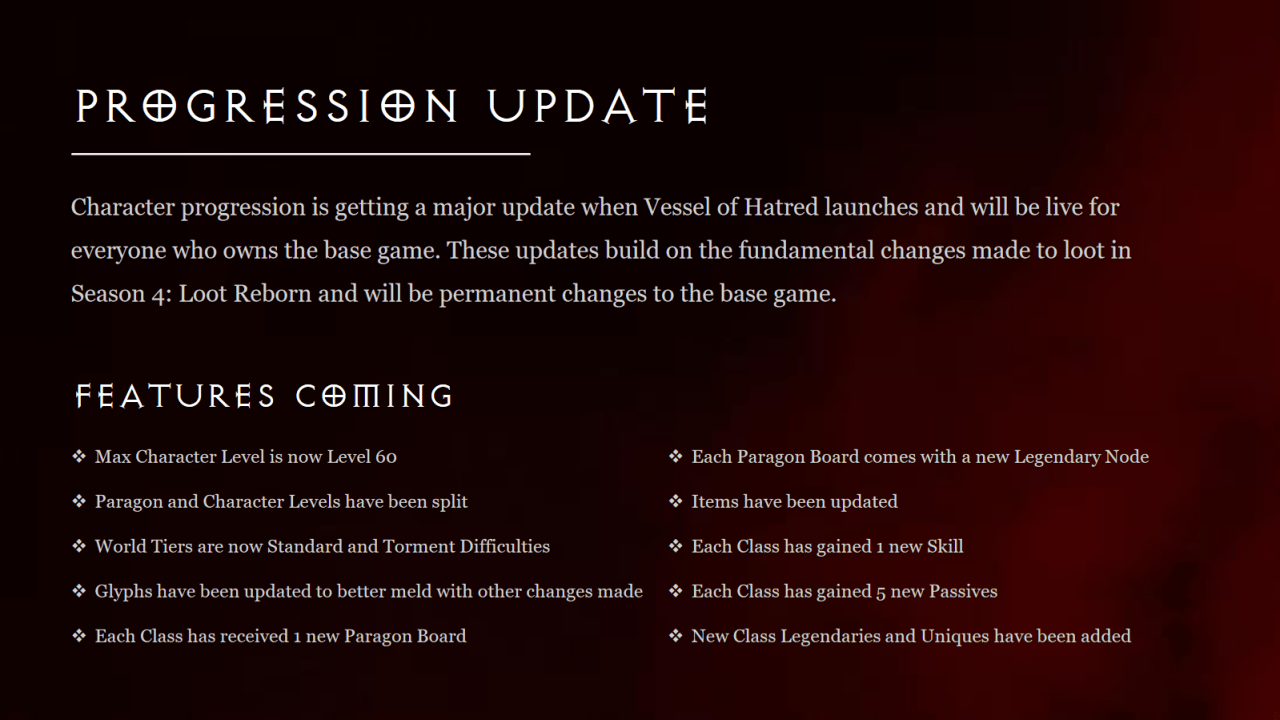
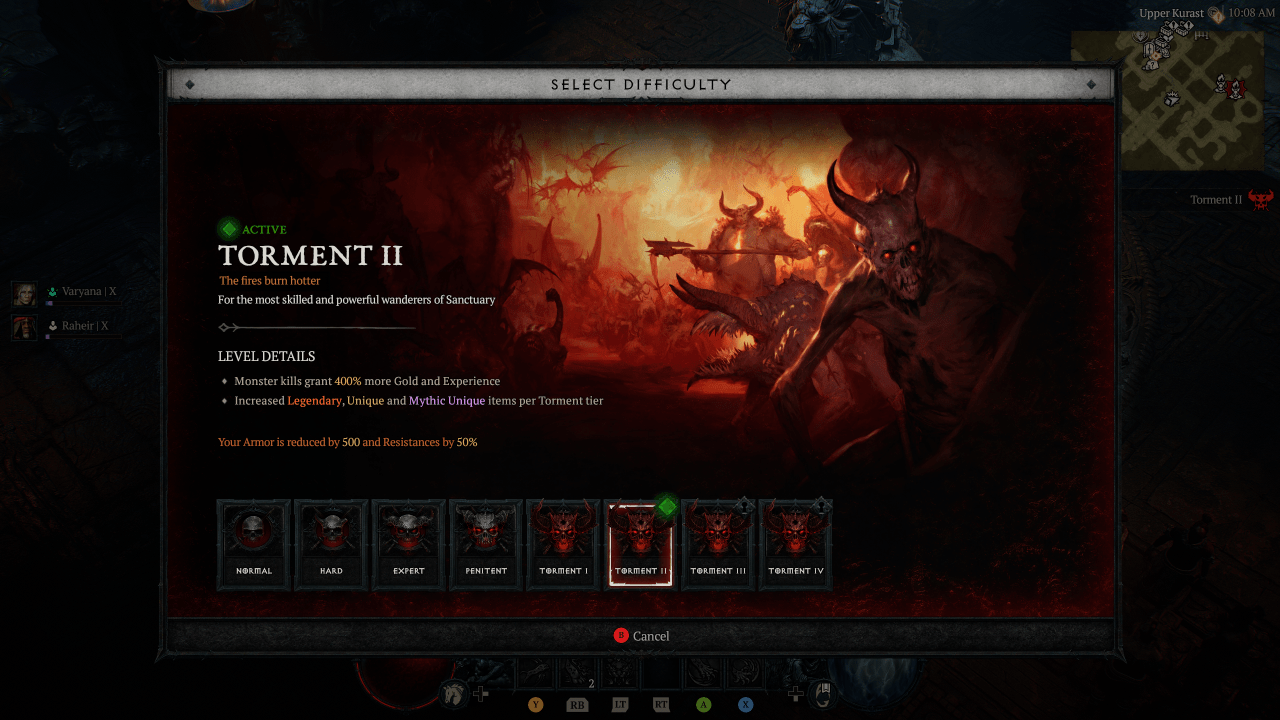
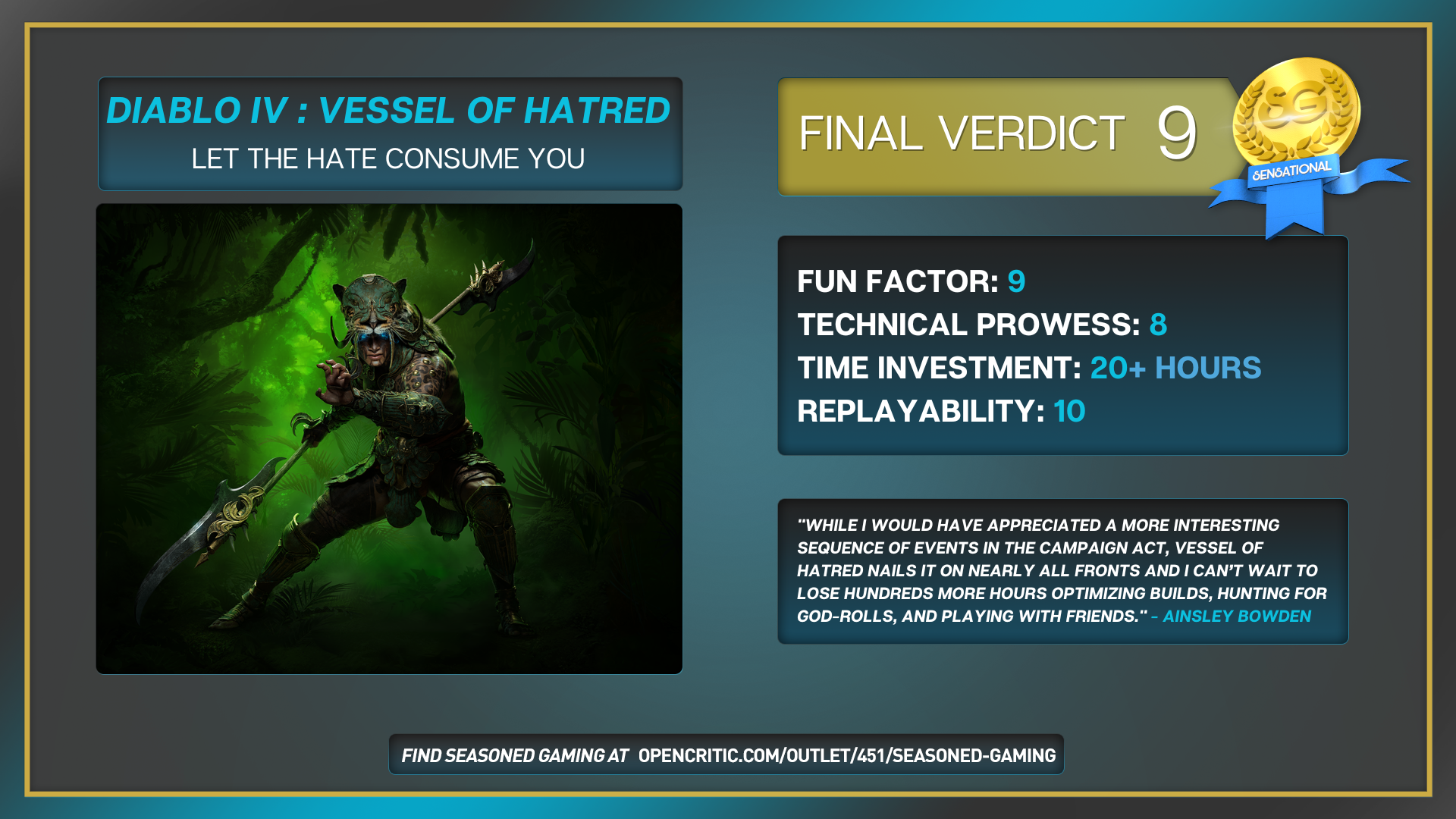
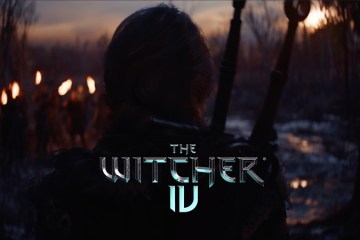

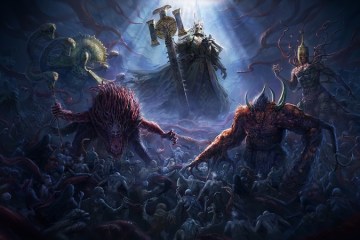
Nicely-written and beautifully formatted. What pleasure to read!